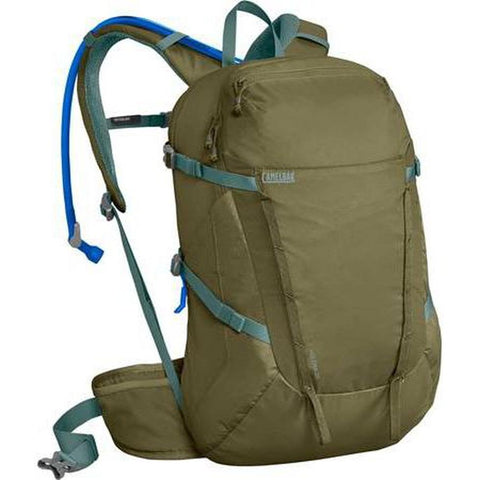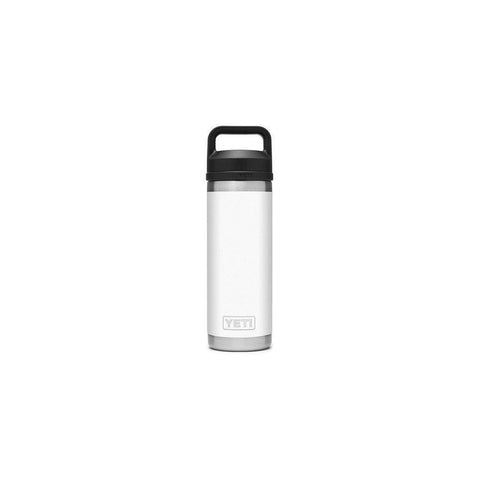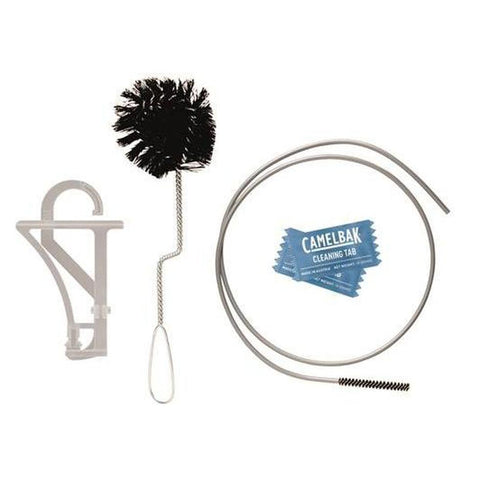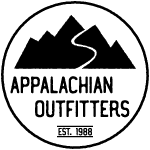Staying hydrated during any activity is extremely important. There are two main options when choosing the best way to carry water, a hydration reservoir, or a water bottle. The hydration reservoir, also commonly called a water bladder, came onto the market in the 1990s. Since then, they have grown in popularity in the outdoor industry. The reservoirs’ ease of access and ability to hold a lot of water has been the driving factors in why they have become popular for most outdoor activities. Water bottles have been the go-to water-storage container forever, coming in various styles, materials, and colors; they are lightweight, affordable, and durable. So, how to decide which one best fit you? Below are some of the main factors/differences between the two.
Hydration Pack or Water Bottle? What's Better?

Access
Most daypacks and backpacks come with a sleeve in the back to hold a reservoir, providing easy access to water while hiking. There are packs specifically made to just carry reservoirs for runners and bikers. This makes staying hydrated during any activity easier and more convenient. Although most backpacks have side pockets for storing water bottles, it can be more difficult to reach around and grab them, and you typically need to stop on the trail to take a water break. The inconvenience can make you less likely to drink enough water to stay hydrated.
|
Camelbak Octane Dart 50 oz Hydration Pack |
Camelbak Helena 20 Hydration Pack |
Camelbak Podium Flow Belt |
|---|---|---|
 |
 |
 |
Capacity
The average water bottle size that hikers use holds around 32 oz of water. Hydration reservoirs typically come in either 2L or 3L, allowing you to carry 67 to 100 oz. Being able to carry this amount of water is important on the trail or in the backcountry when water is not readily available. The typical backpacker needs 1 liter of water for every two hours of hiking.
|
Platypus Big Zip EVO |
Camelbak Crux Lumbar 3L Reservoir |
Yeti Rambler 18oz Bottle Chug |
|---|---|---|
 |
 |
 |
Refilling
There’s little difference when refilling from the tap. But when needing to fill up in the outdoors, the water bottle is simple and quick. It is also easier to fill a water bottle when using a filtration system because it’s able to stand up on its own. Though you’re able to store more water in the bladder, it can be more difficult to fill on the trail because it doesn’t stand up, so you must be able to hold it while filling.
Cleaning
The reservoir is more involved when it comes to maintenance and cleaning. Several parts need to be cleaned, and normally takes a few different brushes to thoroughly clean out all the components. Of course, the water bottle is much easier to clean both at home and on the trail.
|
Camelbak Reservoir & Water Bottle Cleaning Tablets |
Camelbak Crux Reservoir Cleaning Kit |
|---|---|
 |
 |
Cost
There is a cost difference between the two. The average, non-insulated water bottle costs between 13 and 20 dollars. A water reservoir normally runs between 30 to 50 dollars plus the cost of replacement parts, if you need them, and a cleaning kit.
Durability
Hydration Reservoirs are made from soft, flexible, but durable plastic. They are more susceptible to a puncture, but if handled gently there are typically no issues with them. However, most hard water bottles will survive being thrown across the campsite or down a hill.
Water Bladder vs Bottle - How to Decide?
Which one works best to fit your needs is a personal choice. Having both while backpacking can give you the best water storage system. The reservoir allows to you easily stay hydrated while on the trail without slowing you down. It also holds a ton of water, so you don't have to filter as often in the backcountry, or if you are going out for the day, you’ll have plenty of water for any activity. The water bottle makes for great water storage. It’s easy to refill and extremely durable and budget friendly. Whichever you choose, know that you are helping to protect the environment by using a reusable water container instead of a one-use plastic one.


